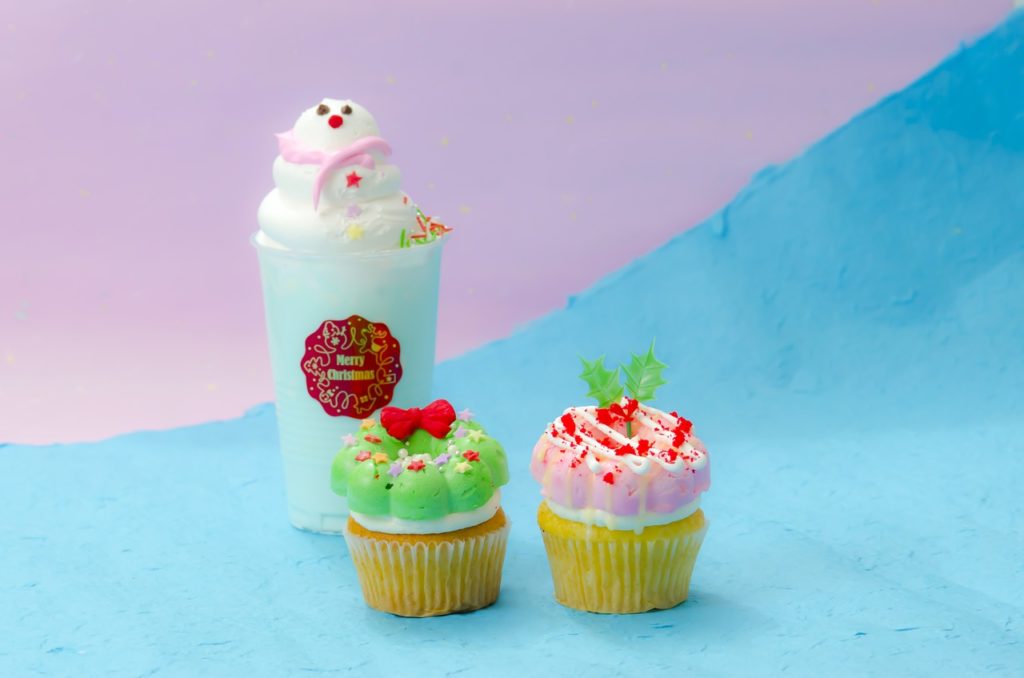Starting a business is not cheap, particularly if you are creating a product.
For example, imagine you’re one of the many new gin distillers. A new still could cost you between £50k to £250k. And that’s before you get going on anything else.
Perhaps you’ve had a huge lottery win, so can spend on every aspect of your business on day one. You hire the best of everything, and success is yours. For most of us, we spend where we think it matters most, and we graft until we make it work. Then you start to reinvest in the parts you want to improve.
Done right, you might just hit the jackpot. Or one of sorts.
Not convinced?
Here’s a story for you.
You launch the first and only distillery on the Isle of Wight
It’s 2014, the second gin craze is well underway, and if you’re Xavier Baker and Conrad Gauntlett you start distilling a range of premium spirits at the newly created Isle of Wight Distillery.
You launch Mermaid Gin. It’s smooth, elegant, and complex. It has locally foraged rock samphire, and Boadicea hops. And it looks like this.
You start winning awards. You create new products. Life is probably good.
Except this is your world
The second gin craze has seen an explosion of new brands, new stories, and new design. Every new entrant has to make a bigger impression than the last. Different flavours, bigger story, bolder design.
What do you do?
You worry about David Attenborough
Since you launched, David has changed the world view of the oceans and plastic in particular. Sustainability rockets up the agenda.
And your business is based on an island surrounded by water.
So where does design fit into this?
Design can tell all kinds of elements of your story. Or it can just make people want to own whatever the gorgeous, beautiful thing is in front of them. I mean, who wouldn’t want to own this?
This is a perfect bit of design storytelling to me. You can’t look at it and not think sea, and it’s only a very small leap from there to mermaid. If you read their post about it, then you discover that they also used 100% plastic-free, sustainable, and recyclable materials.
It talks about being able to repurpose the bottle, possibly in the way we used Ty Nant and Perrier glass bottles in years gone by. Plus then there’s the refill scheme if you happen to be on or making a trip to the Isle of Wight.
Let’s talk money
This bottle is beautiful but probably wasn’t cheap at any part of the development stage. The business have obviously invested a lot in this.
So you can’t perhaps blame them that the retail price has gone up by £3. Same gin, new bottle.
Now, the original is still available, so I guess you could buy a beautiful new bottle and then top it up with the original. That would seem to meet the aim of repurposing. But if you’ve been with the brand from the start, then fancy new bottles and an extra £3 might not do it for you.
But can you imagine how many new people it might be bringing into the brand?
I can honestly say I had never noticed the brand before, but the bottle was front and centre of the window in Ammonite Fine Foods in Lyme Regis recently. And there’s no way you could miss it. I took photos, shared them on social media, had three friends tell me they were going to buy it.
So, just design things to be beautiful or Instagram worthy?
Beautiful design can sell something to someone once. Now, if it’s an expensive sports car that might be enough. But in consumer products, that’s not going to be enough for a sustainable business model. You have to make the thing you’re selling something people want again and again.
But it doesn’t hurt to have great window dressing.
How does this link to storytelling?
To me, these are the same; just one is a visual medium. A compelling story is important, but it’s not the only thing you should have in your arsenal. A bit like great design, spending money and time on creating and telling your story is a good use of both.
What would you upgrade?
Early business days are expensive affairs, but if you’re beyond the day to day survival of the startup phase, it might be time to look at anything where you think you could make your product and story work harder. What would you do first if you could?





